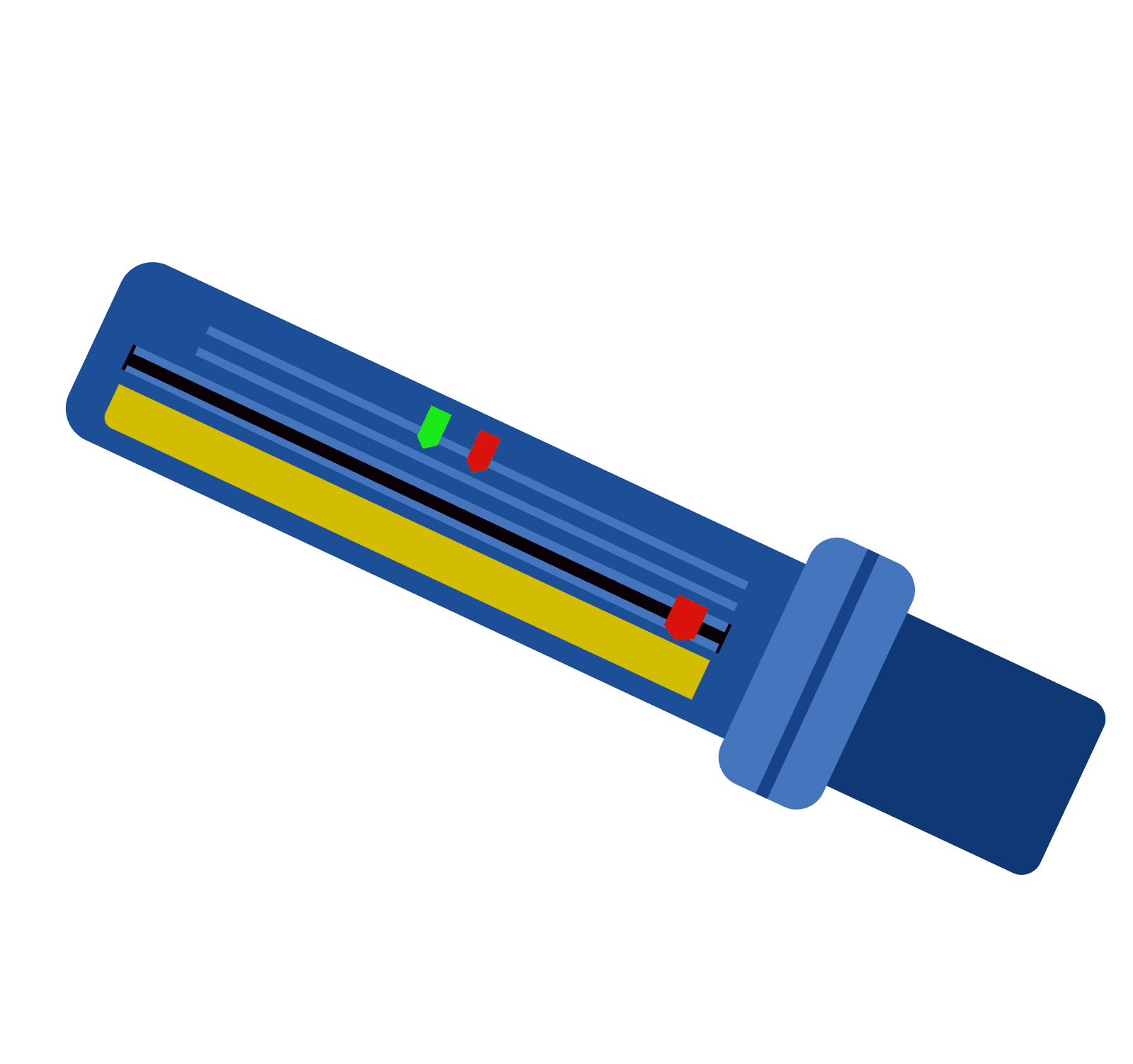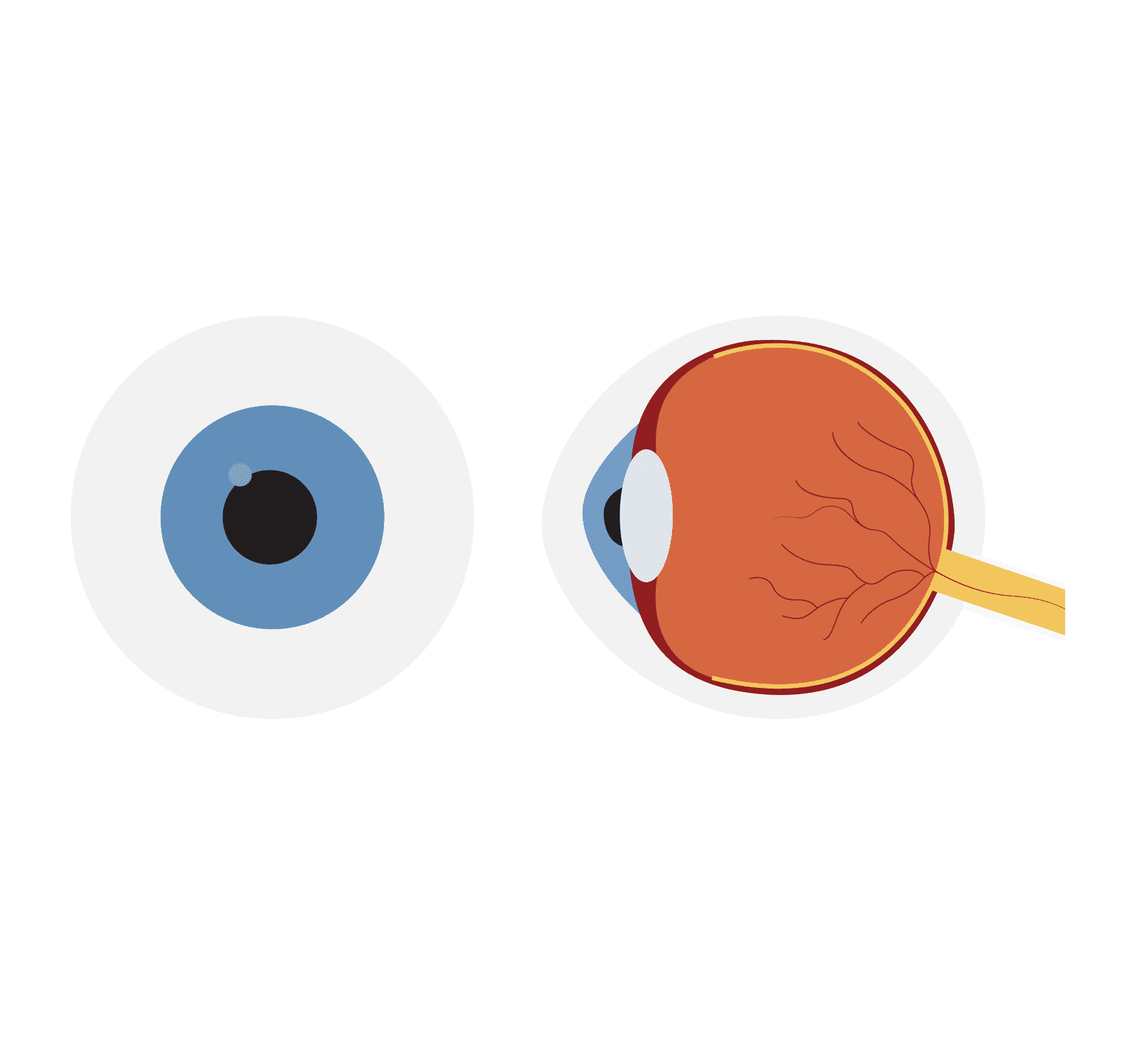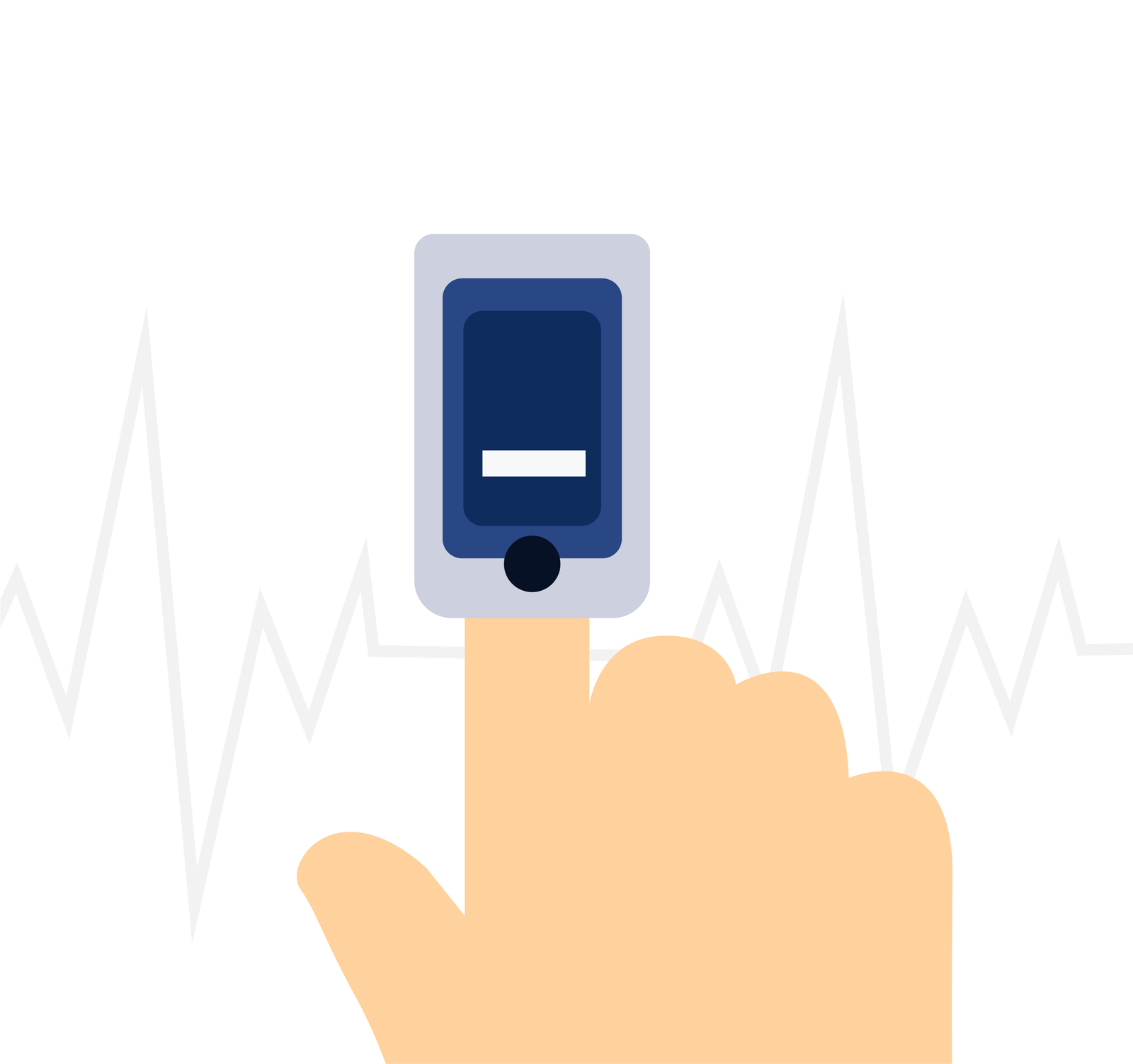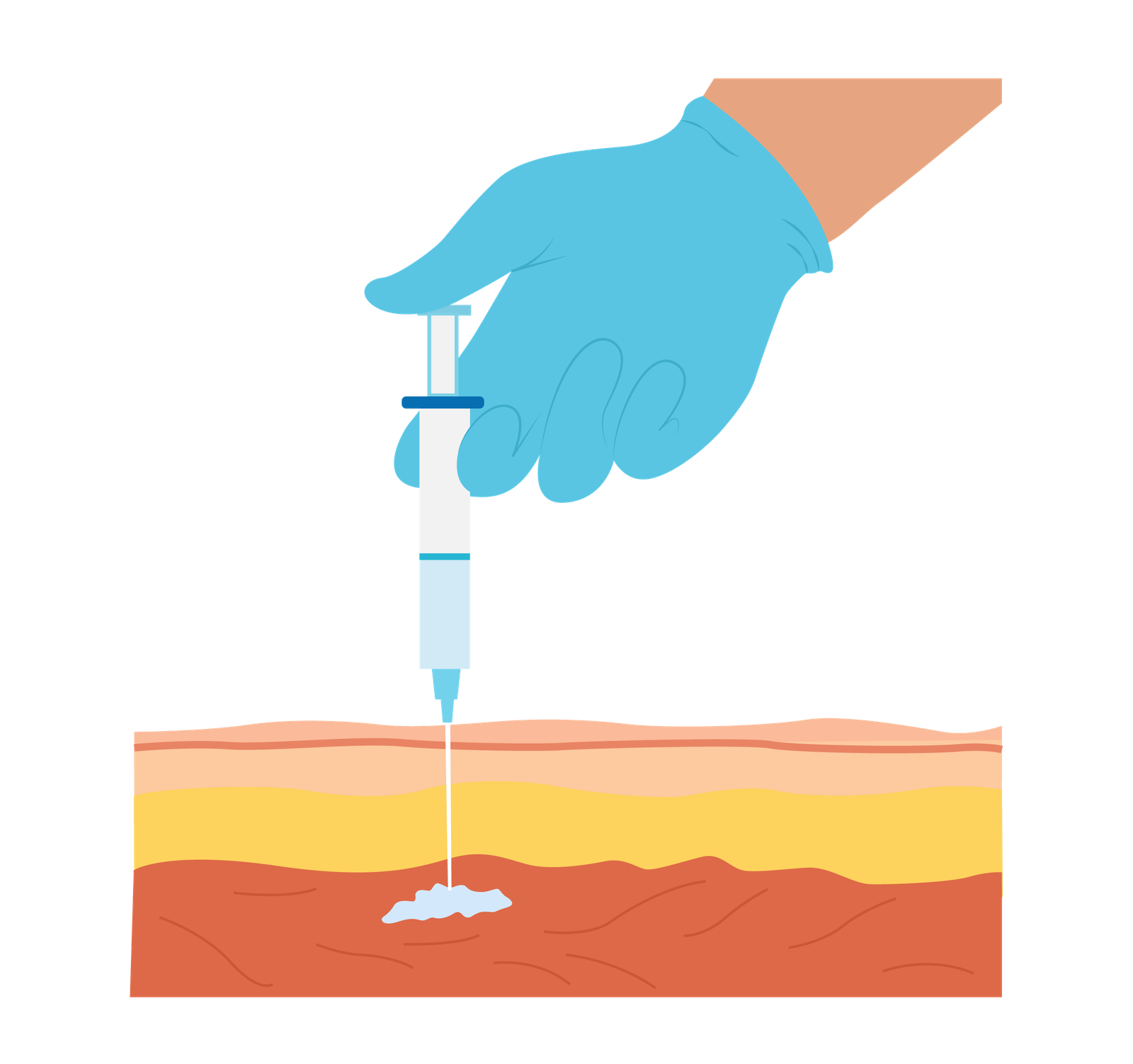Transient Ischemic Attack (TIA)
Transient Ischemic Attack Introduction
Transient ischemic attack (TIAs) stand as precursors to a potential cerebral vascular accident (stroke). Often dubbed as “mini-strokes,” TIAs present a perplexing challenge in the medical landscape due to their transient nature and varied presentations.
TIAs often last less than 24 hours and present as a sudden focal neurological deficit.
Aetiology
The aetiology of transient ischemic attacks (TIAs) is multifactorial, involving various underlying mechanisms that lead to temporary disruptions in blood flow to the brain. Disruption to blood flow is typically caused by embolus that travels to the brain and block cerebral arteries.
This initially causes a deprivation of oxygen within brain cells, but if the embolus is removed it will restore blood flow with no permanent brain injury (resolved TIA). However, if blood flow is not restored, irreversible brain damage will occur, and neurological deficit will remain (CVA).

Risk Factors
The following can increase the risk of TIAs:
Atrial Fibrillation
Smoking
Age (most common in adults aged 55 and over)
Sex (Higher risk in men than women)
Diabetes
Prior TIAs/CVAs
Hypertension
Clinical Features
Transient ischemic attacks (TIAs) manifest with a wide range of clinical features, which can vary depending on the location and extent of cerebral ischemia.
TIAs are characterized by the sudden onset of neurological deficits that typically resolve within minutes to hours, often lasting less than 24 hours. The transient nature of symptoms with sudden onset and short duration often distinguishes TIAs from strokes. Common neurological symptoms include:
Weakness or Paralysis: Sudden weakness or paralysis, often affecting one side of the body (hemiparesis) or specific muscle groups.
Sensory Disturbances: Numbness, tingling, or abnormal sensations in the face, arm, leg, or one side of the body.
Visual Changes: Transient visual disturbances, such as blurred vision, double vision (diplopia), loss of vision in one eye (amaurosis fugax), or visual field defects.
Speech and Language Impairments: Difficulty speaking (dysarthria), slurred speech, or language difficulties (aphasia/dysphasia).
Vertigo and Balance Problems: Dizziness, vertigo, loss of balance, or coordination difficulties.
Symptoms of TIAs typically occur suddenly and reach maximal intensity within minutes. Unlike strokes, which may cause permanent neurological deficits, TIAs have a transient course, with symptoms resolving spontaneously within hours. However, prompt evaluation is crucial as TIAs can precede more severe ischemic events, such as strokes.
Investigations
The two conditions that need to be considered when suspecting TIAs are atrial fibrillation and carotid stenosis as these conditions carry a higher rate of early recurrent stroke.
An ECG can be carried out to identify atrial fibrillation, however carotid stenosis is harder to consider prehospitally and often carotid artery imaging would be carried out.
Management
Depending upon if patient’s symptoms have resolved will determine which pathway is most suitable for the patient. If patient’s symptoms are not resolved, then your local CVA (Stroke) pathway should be followed.
If patient’s symptoms are resolved, then a referral to a TIA clinic may be an option depending on local pathways.
The following conditions are needed to be met before considering referral to TIA clinic and no hospital admission:
– All symptoms resolved
– Patients first event
– Not taking anti-coagulants
– Not allergic to aspirin
If all conditions are met, then 300mg aspirin should be administered and information provided to patient regarding the clinic.
An ABCD2 Score can also be carried out to calculate the risk of a CVA (Stroke).

Thorough documentation, including event and resolution times, along with safety netting advice should be completed before leaving scene.
Differential Diagnosis
Migraine With Aura
Migraine aura can present with transient neurological symptoms like visual disturbances, sensory changes, and speech difficulties, often accompanied by headaches.
Seizure Disorder
Focal seizures, originating from the brain’s temporal lobe, may cause transient neurological deficits including altered consciousness, stereotypical movements, and confusion.
Hypoglycaemia
Acute low blood sugar levels can lead to weakness, confusion, and altered mental status, resembling transient neurological deficits.
Syncope
Vasovagal episodes or syncope can result in transient loss of consciousness and neurological symptoms such as dizziness, blurred vision, and weakness.
Peripheral Vestibular Disorders
Conditions like benign paroxysmal positional vertigo (BPPV) can cause transient vertigo and balance disturbances, mimicking TIAs.
Psychogenic Disorders
Psychogenic nonepileptic seizures (PNES) and functional neurological disorders can present with transient neurological symptoms, often requiring careful history and examination to differentiate from organic causes.
Intracranial Pathologies
Lesions within the brain, such as tumours or haemorrhages, may cause transient neurological deficits, necessitating urgent evaluation and imaging studies.
Conclusion
Key Points
- A transient ischemic attack (TIA) is a sudden, temporary neurological impairment caused by vascular issues and lasting less than 24 hours.
- Symptoms typically correspond to the affected arterial region, often presenting as hemiparesis or aphasia. Atrial fibrillation and carotid stenosis are among the leading causes of TIAs.
- Following a resolved TIA, medical management involves administering 300mg of aspirin and promptly TIA referral.
Bibliography
Blaber, A. and Harris, G. (2021). Assessment skills for paramedics. 3rd ed. Maidenhead, England: Open Univ Press.
Williams, L. (2013). Assessment made incredibly easy! Philadelphia: Wolters Kluwer Health/Lippincott Williams & Wilkins.
Introduction
Transient ischemic attacks (TIAs) stand as precursors to a potential cerebral vascular accident (stroke). Often dubbed as “mini-strokes,” TIAs present a perplexing challenge in the medical landscape due to their transient nature and varied presentations.
TIAs often last less than 24 hours and present as a sudden focal neurological deficit.
Aetiology
The aetiology of transient ischemic attacks (TIAs) is multifactorial, involving various underlying mechanisms that lead to temporary disruptions in blood flow to the brain. Disruption to blood flow is typically caused by embolus that travels to the brain and block cerebral arteries.
This initially causes a deprivation of oxygen within brain cells, but if the embolus is removed it will restore blood flow with no permanent brain injury (resolved TIA). However, if blood flow is not restored, irreversible brain damage will occur, and neurological deficit will remain (CVA).

Risk Factors
The following can increase the risk of TIAs:
Atrial Fibrillation
Smoking
Age (most common in adults aged 55 and over)
Sex (Higher risk in men than women)
Diabetes
Prior TIAs/CVAs
Hypertension
Clinical Features
Transient ischemic attacks (TIAs) manifest with a wide range of clinical features, which can vary depending on the location and extent of cerebral ischemia.
TIAs are characterized by the sudden onset of neurological deficits that typically resolve within minutes to hours, often lasting less than 24 hours. The transient nature of symptoms with sudden onset and short duration often distinguishes TIAs from strokes. Common neurological symptoms include:
Weakness or Paralysis: Sudden weakness or paralysis, often affecting one side of the body (hemiparesis) or specific muscle groups.
Sensory Disturbances: Numbness, tingling, or abnormal sensations in the face, arm, leg, or one side of the body.
Visual Changes: Transient visual disturbances, such as blurred vision, double vision (diplopia), loss of vision in one eye (amaurosis fugax), or visual field defects.
Speech and Language Impairments: Difficulty speaking (dysarthria), slurred speech, or language difficulties (aphasia/dysphasia).
Vertigo and Balance Problems: Dizziness, vertigo, loss of balance, or coordination difficulties.
Symptoms of TIAs typically occur suddenly and reach maximal intensity within minutes. Unlike strokes, which may cause permanent neurological deficits, TIAs have a transient course, with symptoms resolving spontaneously within hours. However, prompt evaluation is crucial as TIAs can precede more severe ischemic events, such as strokes.
Investigations
The two conditions that need to be considered when suspecting TIAs are atrial fibrillation and carotid stenosis as these conditions carry a higher rate of early recurrent stroke.
An ECG can be carried out to identify atrial fibrillation, however carotid stenosis is harder to consider prehospitally and often carotid artery imaging would be carried out.
Management
Depending upon if patient’s symptoms have resolved will determine which pathway is most suitable for the patient. If patient’s symptoms are not resolved, then your local CVA (Stroke) pathway should be followed.
If patient’s symptoms are resolved, then a referral to a TIA clinic may be an option depending on local pathways.
The following conditions are needed to be met before considering referral to TIA clinic and no hospital admission:
– All symptoms resolved
– Patients first event
– Not taking anti-coagulants
– Not allergic to aspirin
If all conditions are met, then 300mg aspirin should be administered and information provided to patient regarding the clinic.
An ABCD2 Score can also be carried out to calculate the risk of a CVA (Stroke).

Thorough documentation, including event and resolution times, along with safety netting advice should be completed before leaving scene.
Differential Diagnosis
Migraine With Aura
Migraine aura can present with transient neurological symptoms like visual disturbances, sensory changes, and speech difficulties, often accompanied by headaches.
Seizure Disorder
Focal seizures, originating from the brain’s temporal lobe, may cause transient neurological deficits including altered consciousness, stereotypical movements, and confusion.
Hypoglycaemia
Acute low blood sugar levels can lead to weakness, confusion, and altered mental status, resembling transient neurological deficits.
Syncope
Vasovagal episodes or syncope can result in transient loss of consciousness and neurological symptoms such as dizziness, blurred vision, and weakness.
Peripheral Vestibular Disorders
Conditions like benign paroxysmal positional vertigo (BPPV) can cause transient vertigo and balance disturbances, mimicking TIAs.
Psychogenic Disorders
Psychogenic nonepileptic seizures (PNES) and functional neurological disorders can present with transient neurological symptoms, often requiring careful history and examination to differentiate from organic causes.
Intracranial Pathologies
Lesions within the brain, such as tumours or haemorrhages, may cause transient neurological deficits, necessitating urgent evaluation and imaging studies.
Conclusion
Key Points
- A transient ischemic attack (TIA) is a sudden, temporary neurological impairment caused by vascular issues and lasting less than 24 hours.
- Symptoms typically correspond to the affected arterial region, often presenting as hemiparesis or aphasia. Atrial fibrillation and carotid stenosis are among the leading causes of TIAs.
- Following a resolved TIA, medical management involves administering 300mg of aspirin and promptly TIA referral.
Bibliography
Blaber, A. and Harris, G. (2021). Assessment skills for paramedics. 3rd ed. Maidenhead, England: Open Univ Press.
Williams, L. (2013). Assessment made incredibly easy! Philadelphia: Wolters Kluwer Health/Lippincott Williams & Wilkins.






